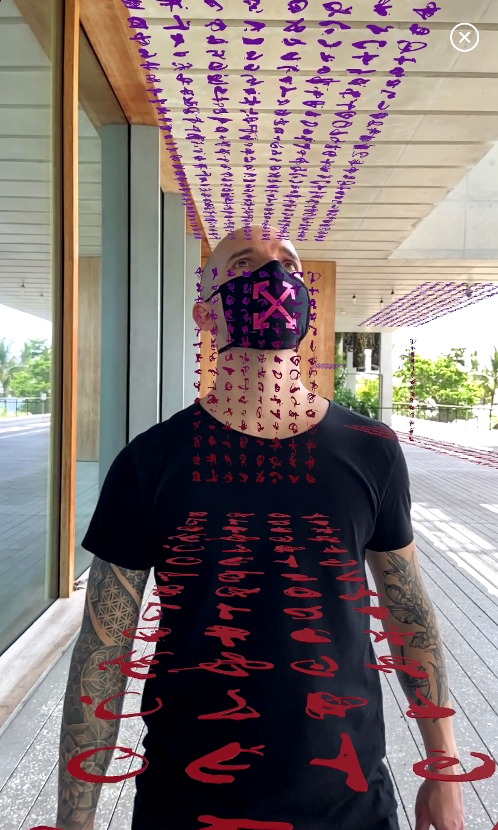augmented reality (AR)
MEZZBUG_[2518]
It is 500 years into the future [2518]. South Florida has undergone a watery transformation in which the environment has reverted back to its original pre-drainage state. The highly engineered Kissimmee-Okeechobee-Everglades watershed is once again free flowing and has drowned most of the southern tip of Florida under water. Once upon a time [2018] an art institution named the Pérez Art Museum Miami created back transmissions of the future species that would thrive on its grounds. For example, there is Mezzbug, whose ancestors were a cross between ancient trilobites and more recent crustaceans. Mezzbug grew fond of the learning theater and calls it home. Mezzbug can both thrive in water and on land, as the area around the theater is now an intertidal zone.
Felice Grodin: Invasive Species is organized by PAMM Assistant Curator Jennifer Inacio, managed by PAMM AR + Art Project Manager Monica Mesa, and supervised by PAMM Deputy Director of Marketing and Public Engagement Christina Boomer Vazquez and IT Director Rafael Sotolongo. The program is made possible by generous funding and mentorship from Knight Foundation.
audio credits:
https://freesound.org/search/?q=205754__scorpion67890__surge-leech-2
process below:
Mezzbug_[2518] (Offspring 3.0)
New York, NY, October 16, 2018 – Untitled Art, Miami Beach announces details of special artist projects and programming highlights for the 2018 edition. Since its inception, Untitled Art has produced a dynamic range of artist-focused special projects and programming that have included installations, performances, discussions, and interventions that reinforce its dedication to presenting a diverse selection of the most compelling contemporary art.
Special projects are selected by Untitled Art’s Artistic Director Omar Lopez-Chahoud, along with guest curator AGUAS and are presented in collaboration with exhibitors. This year’s special projects explore themes such as collectiveness, displacement, migration, and precarious presence, transpiring from the artists and artworks presented by exhibitors.
Miami-based artist Felice Grodin’s Mezzbug is a virtual interactive, digital project that employs the immersive technology of augmented reality (AR), and is accessible to visitors using iOS devices. Influenced by geophilosophy, Grodin draws on her training as an architect to explore the mutable within landscape, architecture, and her urban surroundings. Grodin’s Mezzbug is presented by the Perez Art Museum (PAMM) and will interact with the exterior entrance of Untitled Art, Miami Beach’s temporary pavilion. -Artsy
audio credits:
https://freesound.org/people/szegvari/sounds/530699/
https://freesound.org/search/?q=205754__scorpion67890__surge-leech-2
process below:
THE 9TH ECOSYSTEM_[2519]
A commissioned artwork for the group show: Tension in 3 Dimensions at The Deering Estate, curated by Ryan Roa, presented by The Deering Estate in partnership with PAMM.
500 years into the future The Deering Estate has succumbed to sea level rise. The former distinction between the Boat Turning Basin (early 20th century home to the estate’s family of manatees) and the Front Lawn have been eradicated. Now blended into a wetland intertidal zone, a new species emerged within The 9th Ecosystem at The Deering Estate. A colony of Mezzbugs have nested themselves within outcroppings of a mutated phosphorescent sawgrass/coral.
The 9th Ecosystem was produced in conjunction with the use of the PAMM App and current exhibition Felice Grodin: Invasive Species—a virtually interactive, digital exhibition of commissioned works by Miami-based artist Felice Grodin that employs the technology of augmented reality.
audio credits:
https://freesound.org/people/felix.blume/sounds/479041
https://freesound.org/search/?q=205754__scorpion67890__surge-leech-2
process below:
TERRAFISH_[2518]
It is 500 years into the future [2518]. South Florida has undergone a watery transformation in which the environment has reverted back to its original pre-drainage state. The highly engineered Kissimmee-Okeechobee-Everglades watershed is once again free flowing and has drowned most of the southern tip of Florida under water. Once upon a time [2018] an art institution named the Pérez Art Museum Miami created back transmissions of the future species that would thrive on its grounds. For example, there is Terrafish, a direct mutation of the Portuguese man o’ war. The man’o war tended to travel and survive in colonies, eventually fusing and terraforming onto land. The hanging gardens of the museum’s east terrace facilitates nourishment for Terrafish as they reach up and engulf the vegetation.
Felice Grodin: Invasive Species is organized by PAMM Assistant Curator Jennifer Inacio, managed by PAMM AR + Art Project Manager Monica Mesa, and supervised by PAMM Deputy Director of Marketing and Public Engagement Christina Boomer Vazquez and IT Director Rafael Sotolongo. The program is made possible by generous funding and mentorship from Knight Foundation.
audio credits:
https://freesound.org/people/Zixem/sounds/69391/
process below:
TERRAFISH_[2568]
Terrafish has aged 50 years. As in many species, their coloring is different to reflect time...(*Terrafish 2518 was recorded on an iPhone 7. Terrafish 2568 was recorded on an iPhone 12 Pro.)
It is 500 years into the future [2518]. South Florida has undergone a watery transformation in which the environment has reverted back to its original pre-drainage state. The highly engineered Kissimmee-Okeechobee-Everglades watershed is once again free flowing and has drowned most of the southern tip of Florida under water. Once upon a time [2018] an art institution named the Pérez Art Museum Miami created back transmissions of the future species that would thrive on its grounds. For example, there is Terrafish, a direct mutation of the Portuguese man o’ war. The man’o war tended to travel and survive in colonies, eventually fusing and terraforming onto land. The hanging gardens of the museum’s east terrace facilitates nourishment for Terrafish as they reach up and engulf the vegetation.
Felice Grodin: Invasive Species is organized by PAMM Assistant Curator Jennifer Inacio, managed by PAMM AR + Art Project Manager Monica Mesa, and supervised by PAMM Deputy Director of Marketing and Public Engagement Christina Boomer Vazquez and IT Director Rafael Sotolongo. The program is made possible by generous funding and mentorship from Knight Foundation.
audio credits:
https://freesound.org/people/Zixem/sounds/69391/
process below:
KNIGHTQUARRY_[2518]
It is 500 years into the future [2518]. South Florida has undergone a watery transformation in which the environment has reverted back to its original pre-drainage state. The highly engineered Kissimmee-Okeechobee-Everglades watershed is once again free flowing and has drowned most of the southern tip of Florida under water. Once upon a time [2018] an art institution named the Pérez Art Museum Miami created back transmissions of the future species that would thrive on its grounds. For example, there is Knightquarry, which through bio-mimicry and atmospheric buoyancy is able to hover above the old Knight Plaza in order to both reveal and conceal itself when passersby take a stroll. Knightquarry is a very social specimen - akin to early 21st century coral. It is receptive to interaction between all matter - both organic and inorganic.
Felice Grodin: Invasive Species is organized by PAMM Assistant Curator Jennifer Inacio, managed by PAMM AR + Art Project Manager Monica Mesa, and supervised by PAMM Deputy Director of Marketing and Public Engagement Christina Boomer Vazquez and IT Director Rafael Sotolongo. The program is made possible by generous funding and mentorship from Knight Foundation..
audio credits:
https://freesound.org/people/LeBelgeElectrod/sounds/134057/
process below:
FIELD REPORT_[2518]
It is 500 years into the future [2518]. South Florida has undergone a watery transformation in which the environment has reverted back to its original pre-drainage state. The highly engineered Kissimmee-Okeechobee-Everglades watershed is once again free flowing and has drowned most of the southern tip of Florida under water. Once upon a time [2018] an art institution named the Pérez Art Museum Miami created back transmissions of the future species that would thrive on its grounds. Human text by Jennifer Inacio.
Felice Grodin: Invasive Species is organized by PAMM Assistant Curator Jennifer Inacio, managed by PAMM AR + Art Project Manager Monica Mesa, and supervised by PAMM Deputy Director of Marketing and Public Engagement Christina Boomer Vazquez and IT Director Rafael Sotolongo. The program is made possible by generous funding and mentorship from Knight Foundation.
Human Text:
Mankind’s exploitive journey on Earth has fundamentally transformed this planet. To avoid further catastrophes, it must be declared that the impact of these activities is destructive and, unfortunately, irreversible. On the grounds of this museum one can find transmissions made by the last known homo sapiens 500 years into your future, with the hopes of enlightening the habitants of your planet on what is to come if no drastic action is taken. These digital transmissions reflect a world shaped by humans, and not by nature alone. Climate change has extinguished species or forcibly made them adapt to mutated ecosystems—these altered environments are a result of increased sea pollution, deforestation, an ever-growing human population, sea level rise induced by ice caps melting, and major release of gasses, such as carbon dioxide and methane. South Florida, for example, has undergone a watery transformation, in which the environment has reverted to its original pre-drainage state. The highly engineered Kissimmee-Okeechobee-Everglades watershed is once again free flowing and has drowned most of the southern tip of Florida under water. The future invasive species found at the museum thrive on these grounds, as it is now an intertidal zone. Humans, on the contrary, have not adjusted in the same way. Human creativity has produced incredible achievements, yet it has failed to consider its catastrophic consequences to planet Earth. With this transmitted prediction from the future, how can humans trigger this creativity to reshape and repair their impact on the environment? What is your world of the future?
audio credits:
https://freesound.org/people/gerainsan/sounds/564474/
process below:
FIELD REPORT_i-D off-white [2520]
A figure is out in the field collecting notes. The figure is wearing a mask. It has the look of a glyph or code--a future language like a data stream. The figure is caught between our present and our possible future....
Thank you @id_italy for inviting me to participate along with 8 other artists in creatively incorporating the new face masks from @off____white. in addition thank you @pamm as the artwork used is from Field Report [2518]. a special thank you to @jennifer__inacio for curating and being my creative partner in this and many projects, @azevedoat for being the lone figure in an unwritten future, and to @gloriamariagallery for suggesting my work for this project.
#Repost @id_italy with @make_repost
・・・
#iditaly #offwhite #facemask
IM/MOVABLE ASSETS_[2520]
Concourse D, post-security Near Gate D31
In the exhibition IM/Movable Assets, artist Felice Grodin uses augmented reality (AR) to explore what an experience might be at Miami International Airport (MIA) in 500 years post-climate change. Can this be a future prototype of an immovable asset such as an airport? These four questions served as prompts:
(1) How would flights be tracked?
(2) How would ground transit work in consideration of the new landscape?
(3) How would airport graphics evolve?
(4) How would ground transit How might this speculative reality influence the direction of our choices?
This is an extension of Felice Grodin: Invasive Species—the first AR only exhibition presented by the Pérez Art Musem Miami (PAMM)—in which the artist draws on the destructive impact of invasive species and creates a new digital environment as a response to Miami’s ecological reality.
As a development of Grodin’s previous speculation about a not-so-distant future affected by climate change—IM/Movable Assets is an immersive site-specific work that virtually interacts with the airport’s architecture, altering the way passengers perceive their surroundings and speculate the future of travel. In IM/Movable Assets, Grodin continues to highlight the transformative and unstable state of our ecosystem and explores the evolution of travel as our planet changes.
IM/Movable Assets is co-organized by Miami International Airport’s Fine Arts & Cultural Affairs through MIA Galleries and Pérez Art Museum Miami. This exhibition is guest curated by Jennifer Inacio, PAMM Assistant Curator. Wall video by AdrienneRose Gionta. Wall text originally authored by Jeff VanderMeer (The Southern Trilogy). Development assistance was provided by Cuseum.
IM/MOVABLE ASSETS_[2520], cont’d
Concourse D, post-security Near Gate D31
…
“Fifteen of the 50 most heavily trafficked airports globally are at an elevation of less than 30 feet above sea level, making them particularly vulnerable to a changing climate, including rising sea levels and associated higher storm surges.”
…
‘But even in some of these mature economies they are having more storms, they are having to do more pumping. My old airport in Miami is in that scenario.’
…
quotes from: Sunk costs: Airports taking action against rising seas, storms as climate changes
…
Thus, if MIA is an Immovable Asset, what might an experience be at Miami International Airport (MIA) in 500 years?

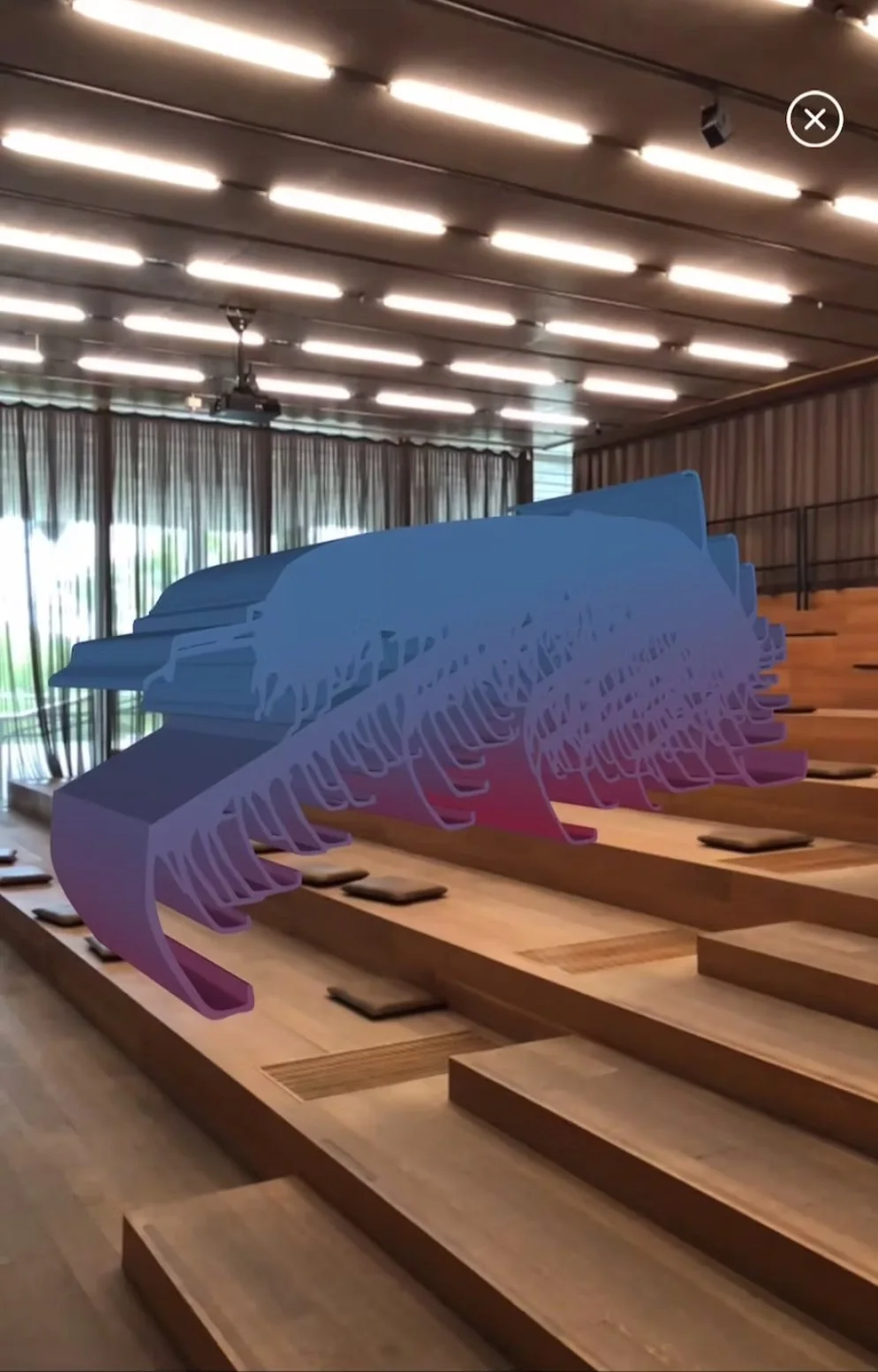
















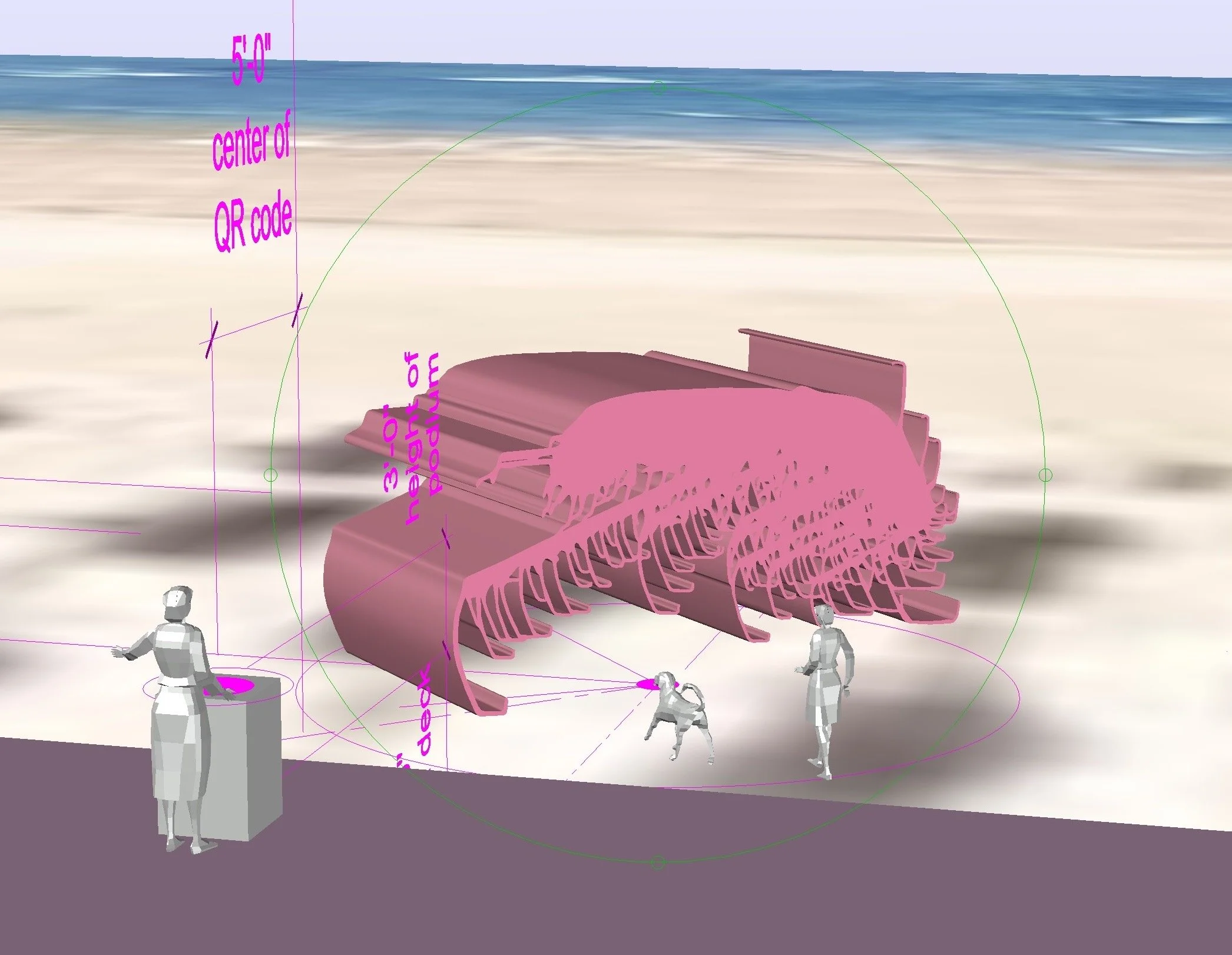





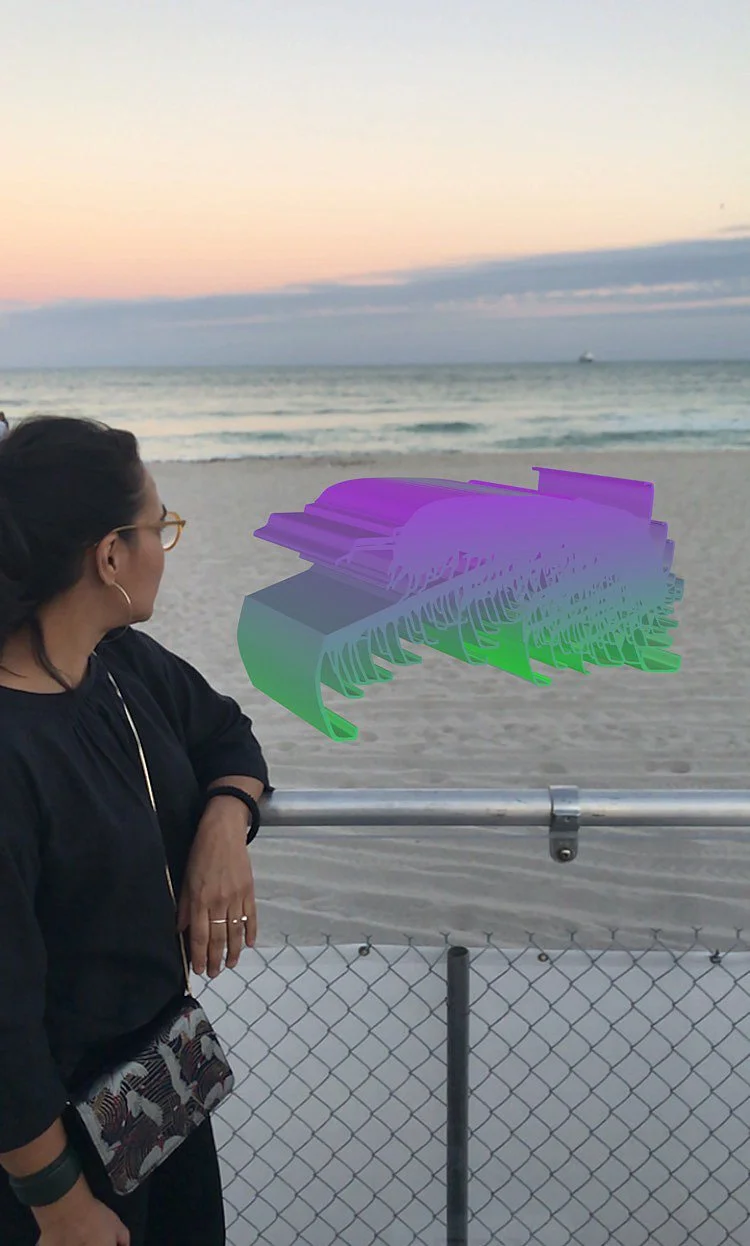

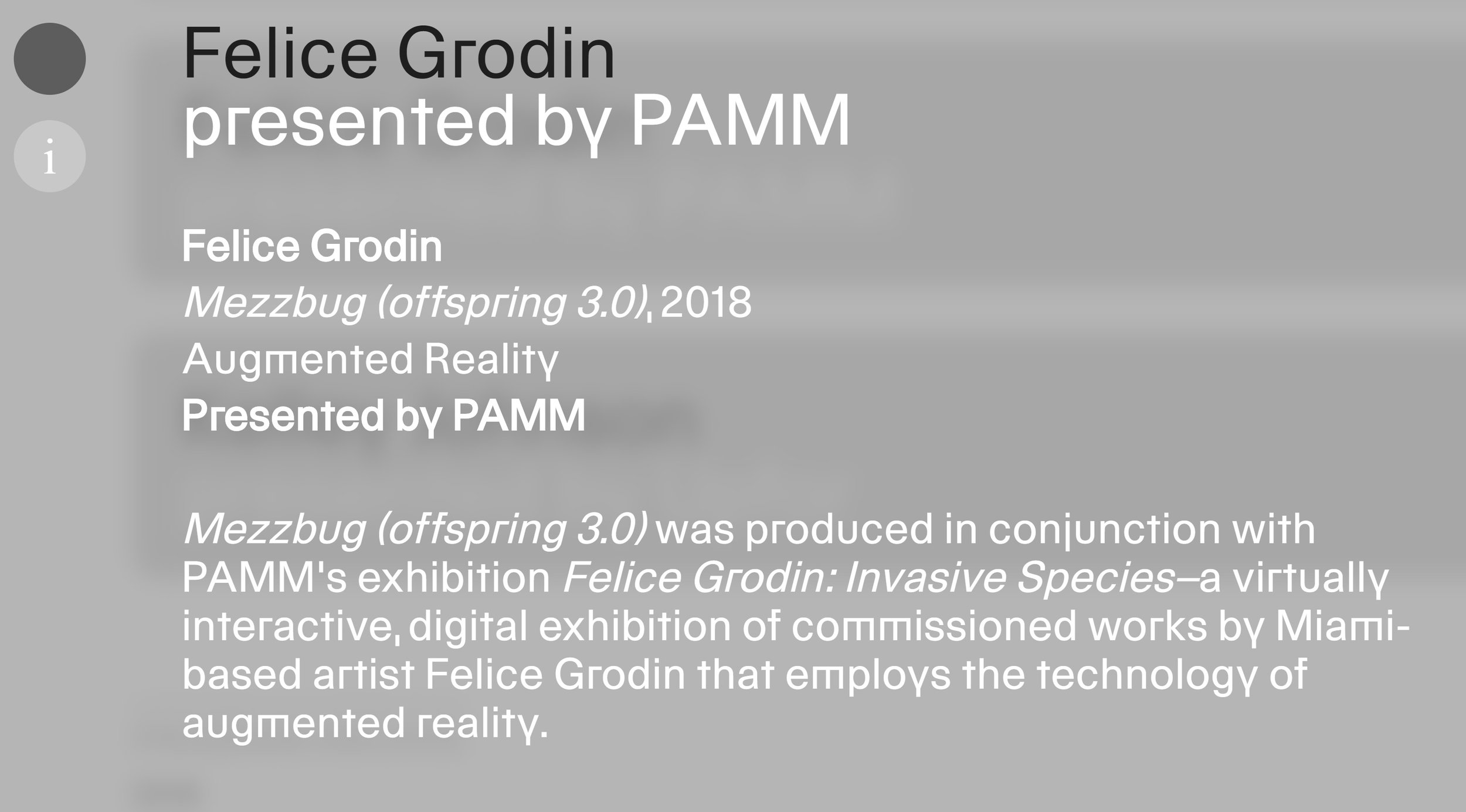
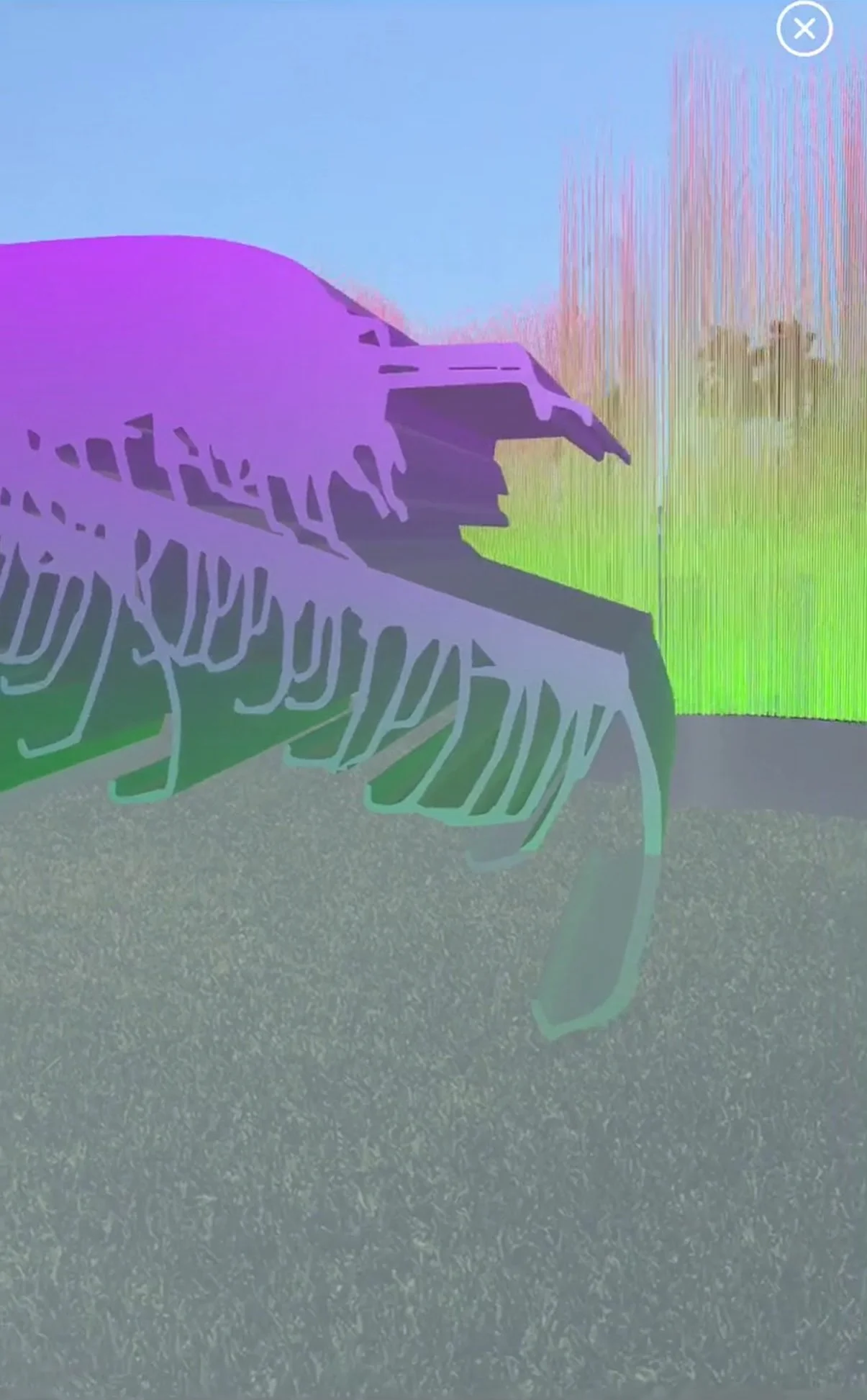












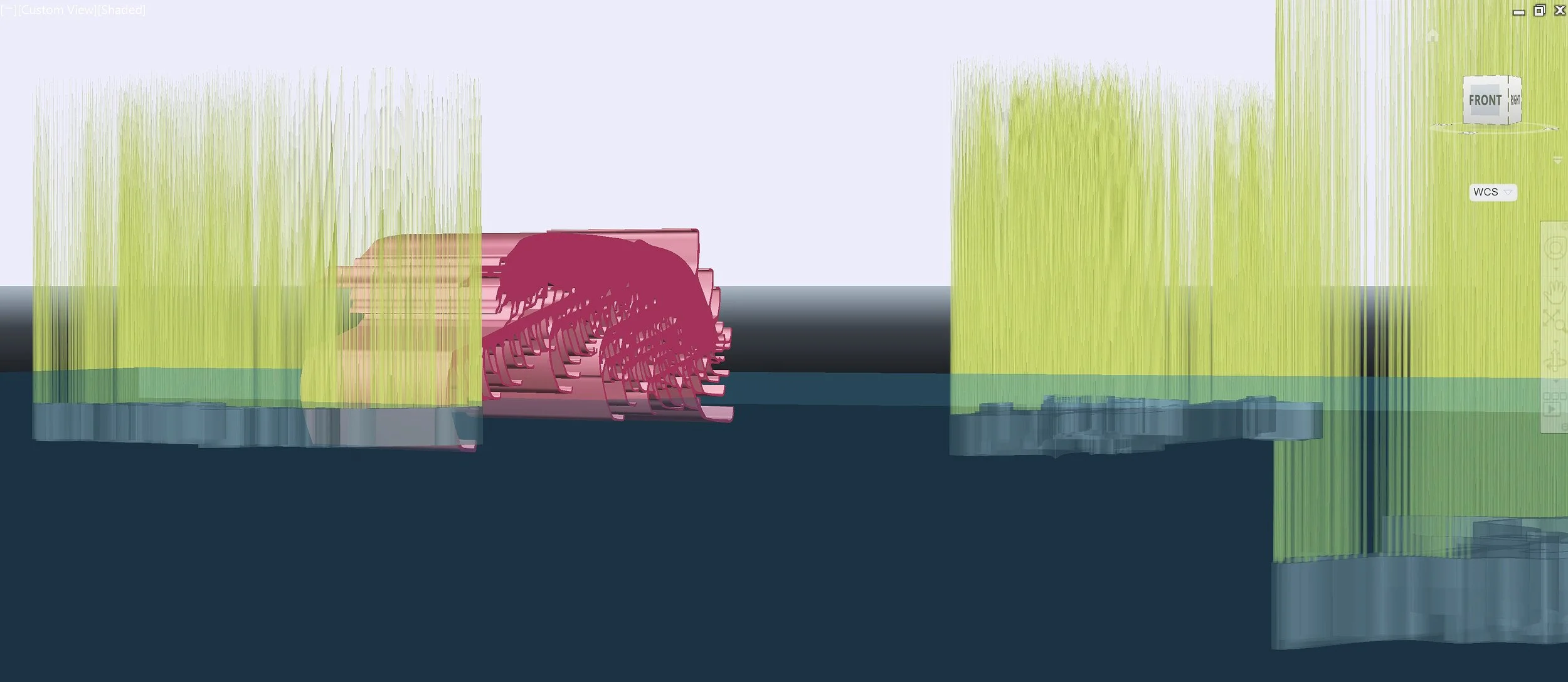
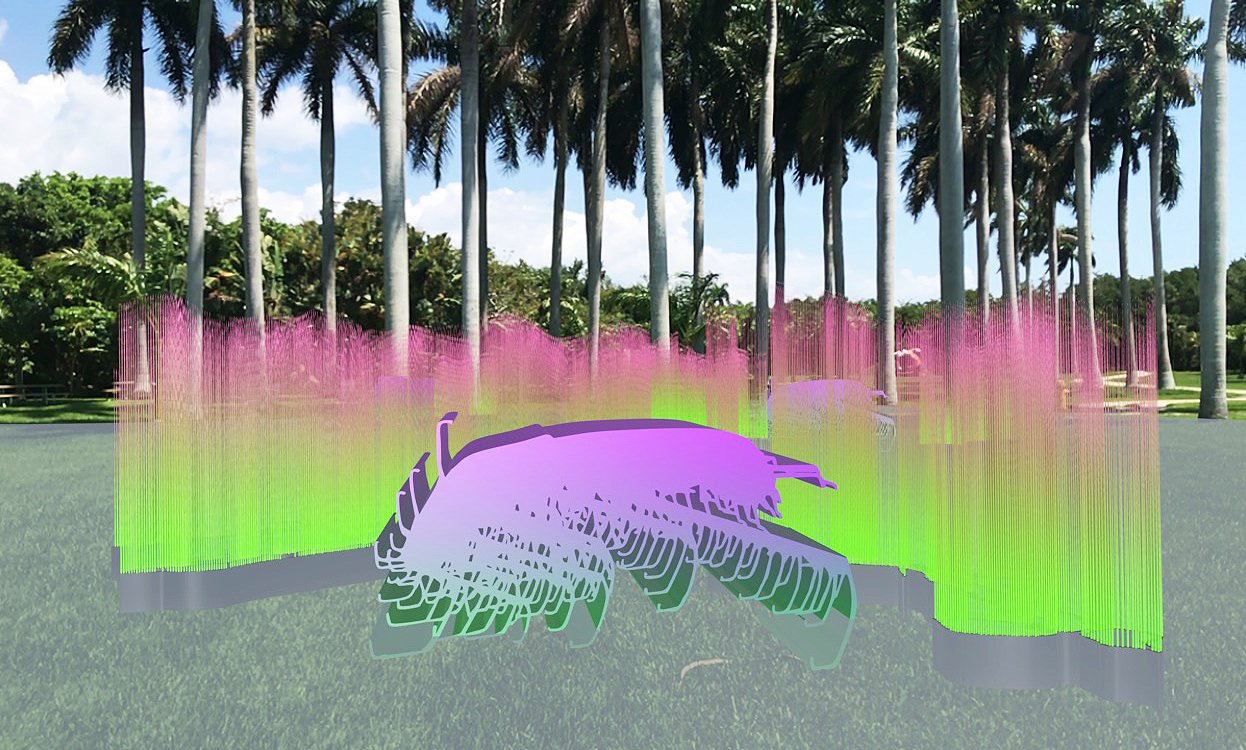




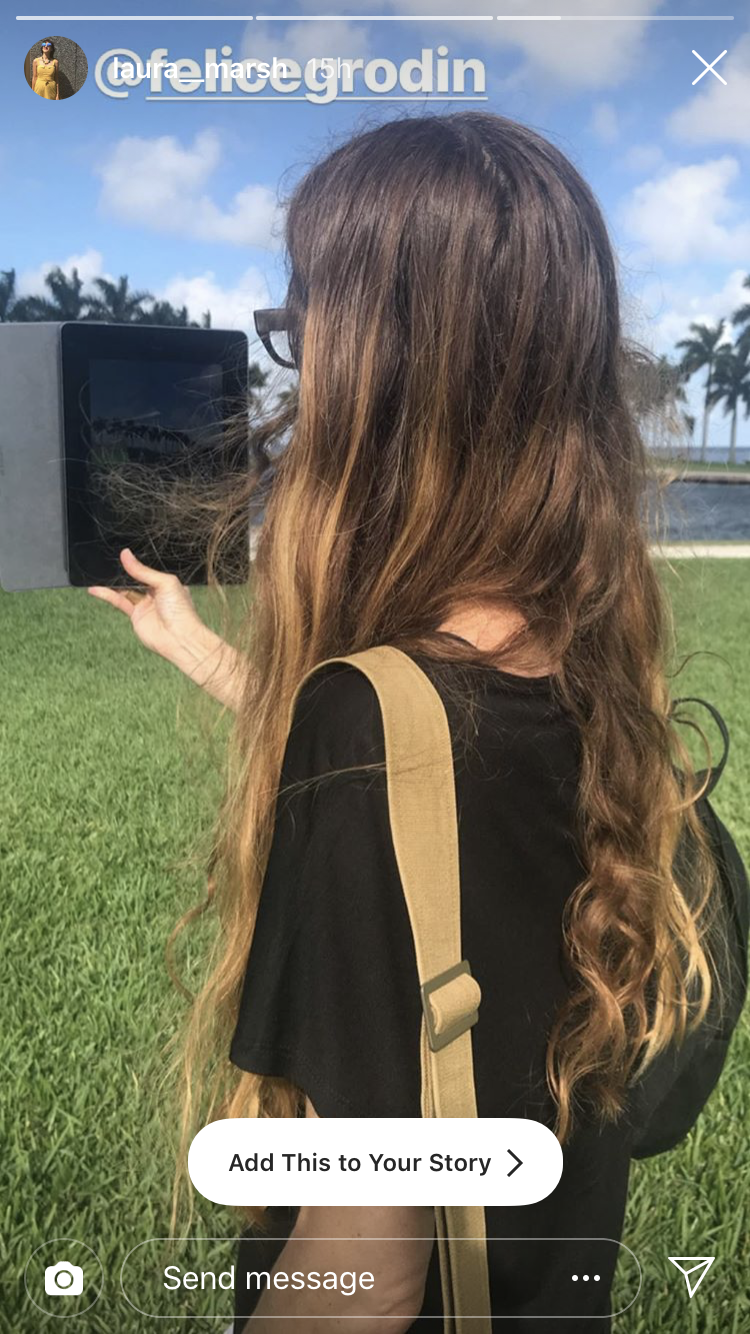


























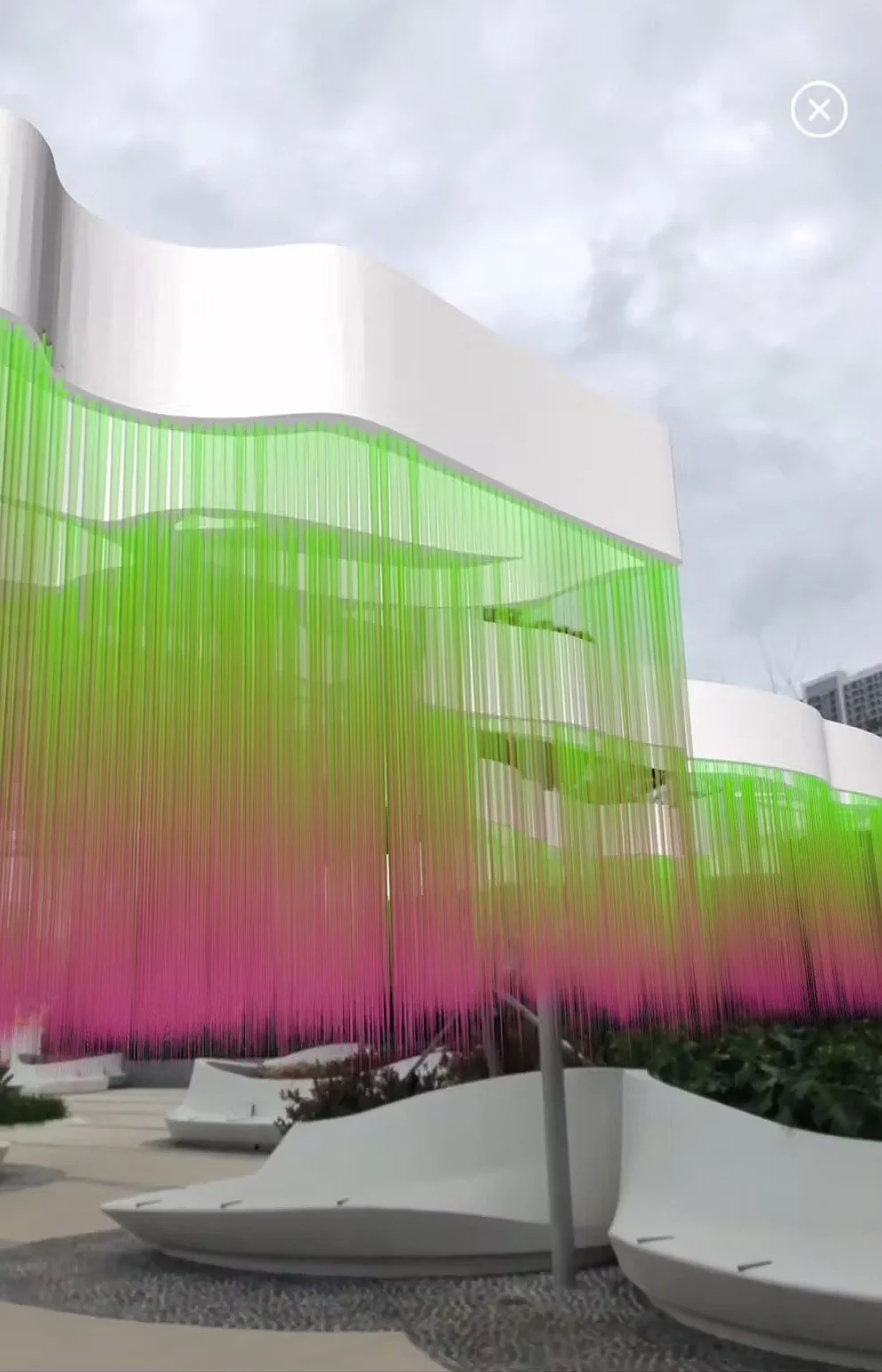








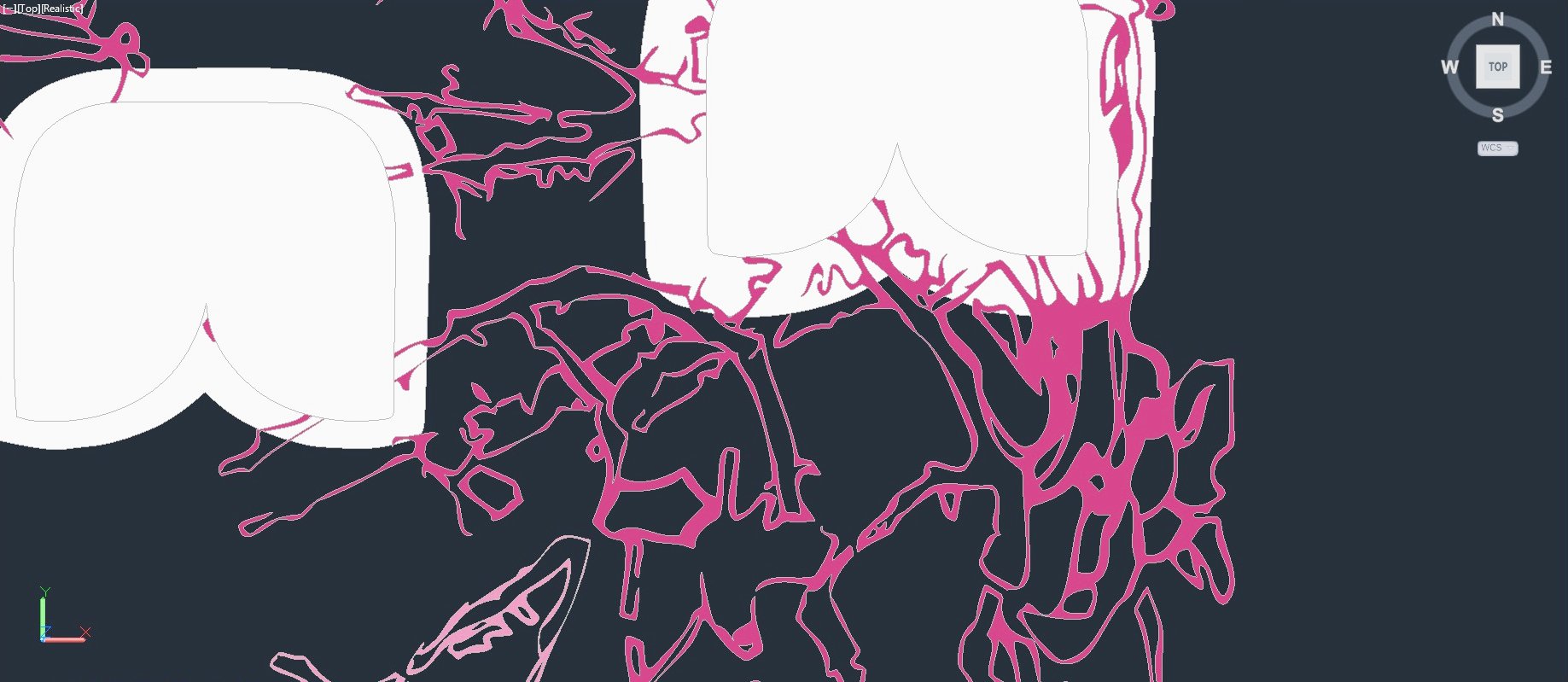






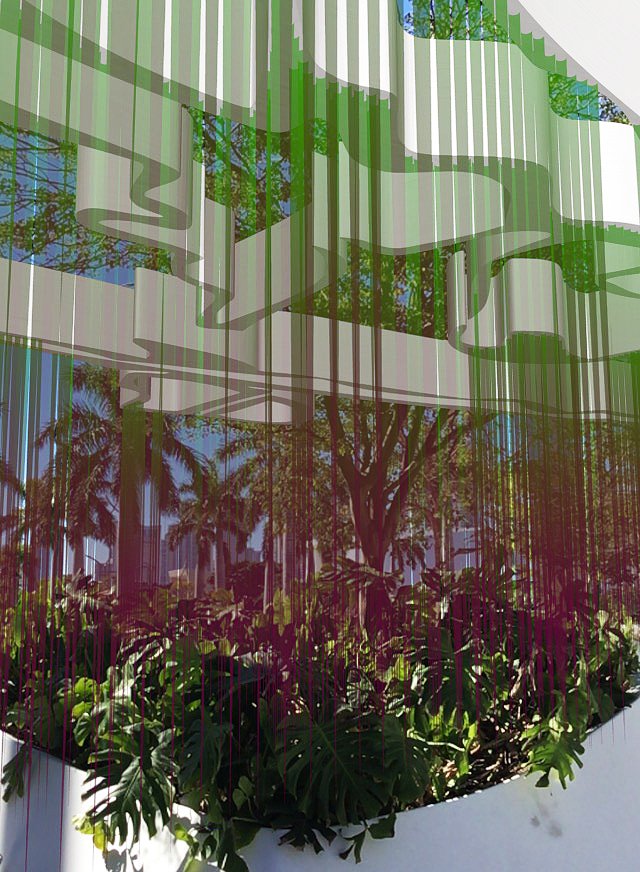









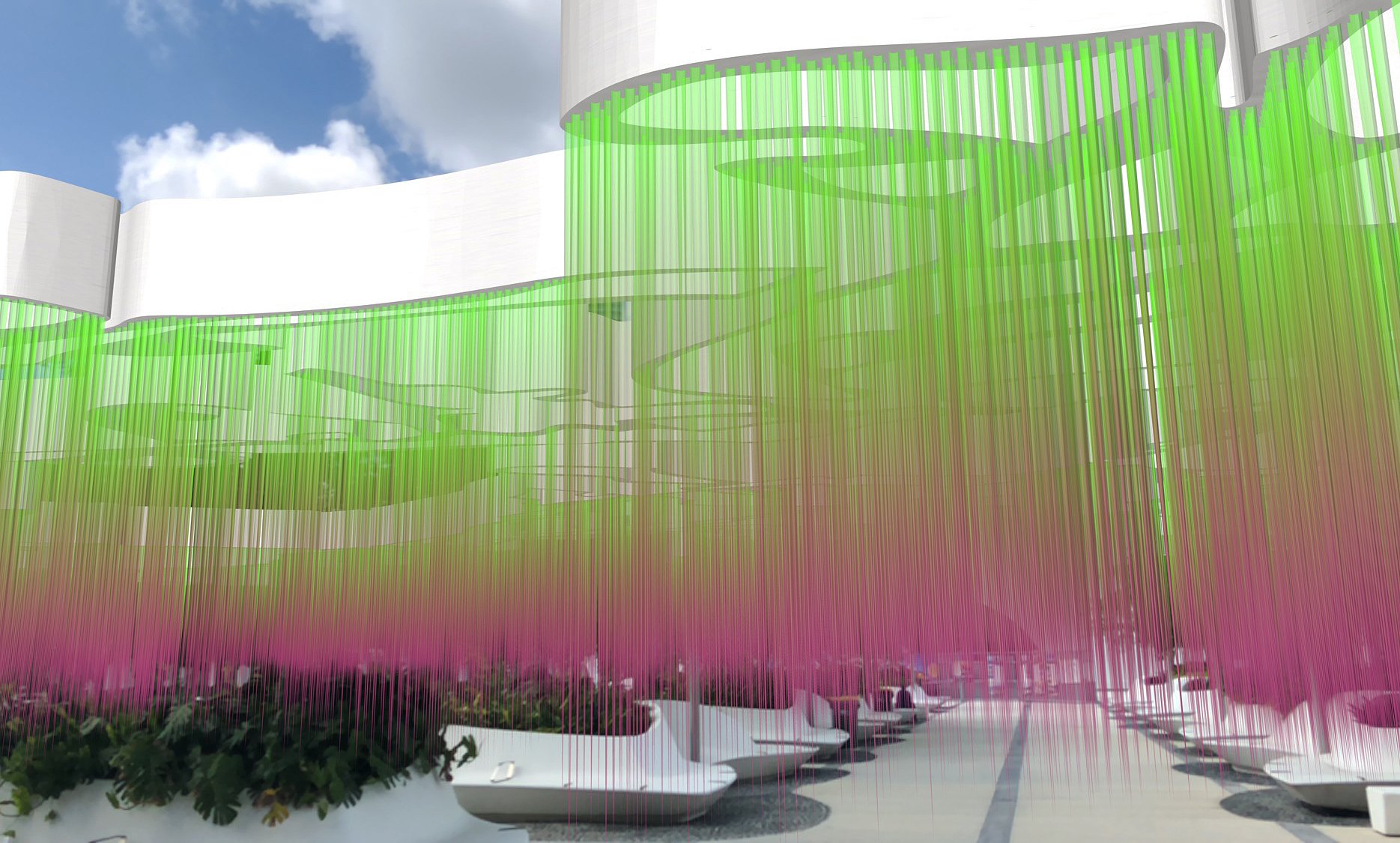








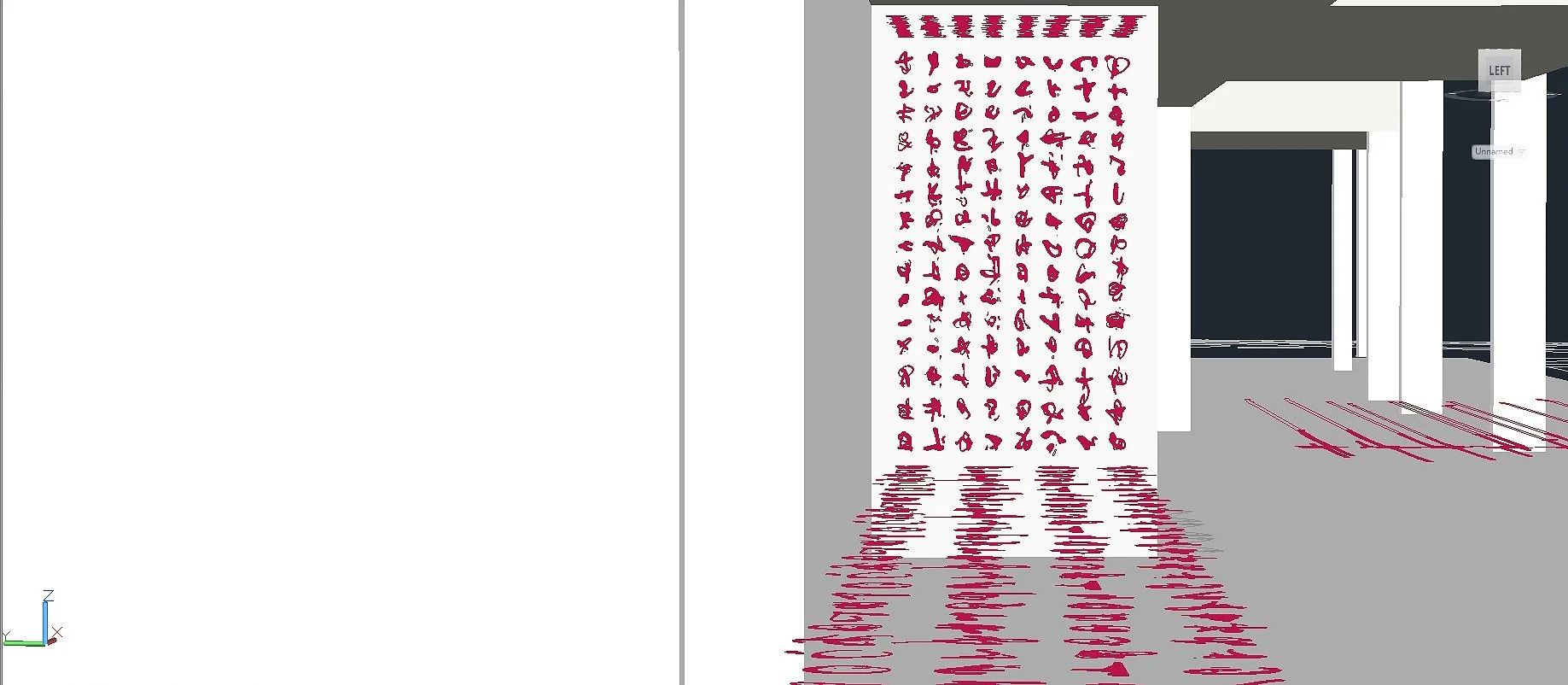




![5_Field Report [2518]_C.png](https://images.squarespace-cdn.com/content/v1/5f5bf7f36d4a8c509a2f211a/bdb1e40c-b49f-476b-9448-c720d0426047/5_Field+Report+%5B2518%5D_C.png)
![5_Field Report [2518]_D.png](https://images.squarespace-cdn.com/content/v1/5f5bf7f36d4a8c509a2f211a/033df675-238a-4603-8fe6-d3617dba15f3/5_Field+Report+%5B2518%5D_D.png)
![5_Field Report [2518]_B.jpg](https://images.squarespace-cdn.com/content/v1/5f5bf7f36d4a8c509a2f211a/0ff3e1e5-419f-47ed-8049-899764ab1669/5_Field+Report+%5B2518%5D_B.jpg)




![5_Field Report [2518]_A.jpg](https://images.squarespace-cdn.com/content/v1/5f5bf7f36d4a8c509a2f211a/03121c04-78c9-43c4-a1ac-e913b6fc21be/5_Field+Report+%5B2518%5D_A.jpg)





